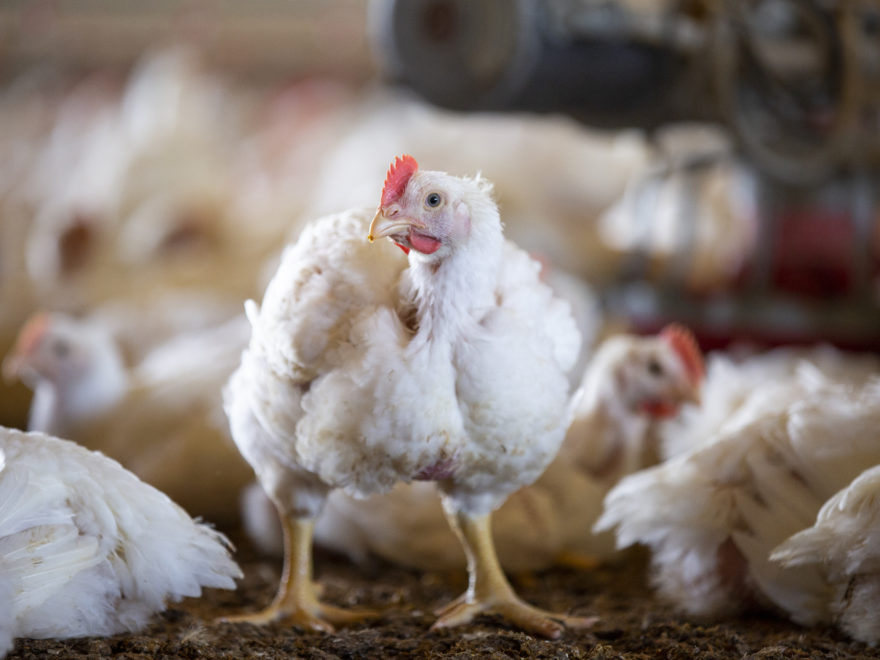| “When it comes to controlling both the environment within a poultry house and heating costs during cold weather, house tightness is of utmost importance. This is because only the air that exhaust fans draw in though a house’s air inlet system will be heated and dried by the warm air collecting near the ceiling before moving down to floor level. Cold air that enters through cracks will tend to quickly fall to the floor, resulting in chilled birds, wet litter, ammonia, and in turn, bird health issues. Furthermore, under typical wintertime conditions, every square foot of unwanted cracks can potentially increase a house’s propane usage by approximately 1.5 gallons per day. How can a producer accurately determine house tightness? Traditionally, producers have conducted a simple static pressure test where a house is closed up, a tunnel fan is turned on, and the resulting level of negative pressure created is measured. The higher the pressure created, the lower the number of unwanted cracks. It is generally assumed that a house where a static pressure of at least 0.10″ can be obtained is “reasonably tight” and one that can obtain a pressure of 0.20″ or higher is “very tight.” Though this method of measuring house tightness does provide a grower with a general idea of house tightness, it is far from precise. Ideally, a tightness test would not quantify a houses’s leakage area, but rather provide some type of objective “tightness rating” and, most importantly, indicate how a house’s leakage area would affect the effectiveness of its inlet system during minimum ventilation. The Poultry411 – Poultry House Tightness Calculator was developed to provide this very information to poultry house managers. A house’s length and width, as well as the total fan capacity used to conduct the static pressure test (which could be a single tunnel fan or multiple smaller side wall fans) is entered into the calculator. In order to obtain accurate results, it is important that the fan(s) are properly maintained and their air moving capacity at 0.10″ static pressure known. The static pressure measured during the tightness test would be entered and the calculator then would quantify the house’s tightness level…..” You can find the complete newsletter at The University of Georgia Department of Poultry Science’s recently updated website: Poultry Housing Tip Vol34n12 |


